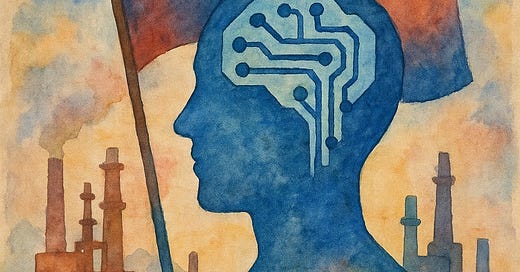The Cultural DNA of Nations: Why Sovereign AI is Reshaping Global Power
When a Norwegian user searches for dryer installation instructions and gets gas-powered solutions (which don’t exist in Norway), we see AI's cultural blindness.
Are There Two Internets? And Why It Matters for the Future of AI
Think of the internet like a global town square—originally designed for open conversation, free trade, and access to ideas from everywhere. But over time, some parts of the square have started putting up fences, changing the rules, and even building their own separate spaces. That’s where we are today: what used to feel like one global internet is slowly becoming many.
The Two Big Internets
Right now, the world largely experiences two versions of the internet.
1. The U.S.-led Internet
This version is like a giant open marketplace. People are free to browse, speak, post, and build. Big American companies like Google, YouTube, Instagram, and Amazon run the shops. While there are rules, they’re often decided by private companies and shaped after problems arise.
2. The China-led Internet
This one is more like a government-controlled city. You can still shop, chat, and watch videos, but only through apps made and monitored within the city. Facebook, Google, and YouTube are blocked. Instead, you use WeChat, Baidu, and other Chinese platforms. The roads are mapped and watched.
Both of these “internets” sit on the same technical infrastructure—but the experience is very different, shaped by each country’s values, fears, and politics.
The Internet Is Splitting - Sovereign AI is the Future
Keep reading with a 7-day free trial
Subscribe to Abhijit's Sketchnotes & Curiosities to keep reading this post and get 7 days of free access to the full post archives.





